Mineral deposits from your water build up inside your espresso machine every time you brew, coating the water reservoir, heating element, and internal pipes with limescale. If you don’t descale regularly, this built-up residue can cause problems with your coffee machine and ruin your coffee taste.
For HiBrew espresso machines, use a citric acid-based descaling solution every three to six months, depending on your water hardness and usage.
The process in general: Run descaling cycle with descaler -> Descaling the brewing unit -> Descaling the steaming unit -> Rinse and flush -> Clean the other parts.
Some machines may have different steps, so always read the manual first.
You might also be wondering if you can use white vinegar to descale, how much descaler you really need, or what mistakes to avoid during the process. In this guide, we’ll answer all those questions and walk you through the exact steps to keep your espresso machine and your coffee at its best.
Why Descale Your Espresso Machine or Coffee Machine?
Every time you brew coffee, minerals from your tap or even filtered water can settle inside your coffee machine’s water reservoir and heating element. Over time, this mineral buildup can:
- Slow down the brew cycle
- Lower the brewing temperature
- Change the flavor of your espresso or drip coffee
- Shorten the lifespan of your machine’s boiler and internal parts
Neglecting to descale coffee machines can eventually cause clogs, poor-tasting coffee, or even expensive repairs. However, descaling espresso machines too often, or with the wrong products, can also damage seals or sensitive components.

How Often Should You Descale?
- Hard water: Descale every three months if you use your espresso machine or drip coffee maker daily.
- Filtered water or bottled water: Descale every six months, or only when you notice performance changes.
- Signs you need to descale: Slower brew cycles, odd flavors, visible white deposits, or reduced steam from the steam wand.
- Check your manual: Some machines have built-in reminders or specific guidance.
Some HiBrew machines don’t have a descale alert, so keep an eye on how your coffee machine is performing and adjust your schedule based on water quality and usage.
What Descaling Solution Should You Use?
- Commercial descalers: Products like Urnex Dezcal or Puly Descaler are widely recommended for being effective and safe for most machines, including HiBrew. They’re usually citric acid-based and designed not to harm machine internals.
- DIY option: Food-grade citric acid (about 30 grams per liter of warm water) is affordable and widely used.
- Avoid half vinegar and water: While some use a half vinegar mix, it can damage rubber seals and leave a lingering odor in your coffee pot or espresso machine.
- Never use harsh chemicals: Bleach or hydrogen peroxide can harm your machine’s heating element and internal parts.
Always follow your machine’s manual for recommended products and mixing ratios.

Step-by-Step: How to Descale an Espresso Machine (H10A Example)
Here’s a step-by-step guide to descale your espresso machine. If you are using the brands, the process would be quite similar. Some machines have special cycles or need different steps, so always read the manual first.

- Mix your descaling liquid: Mix your descaler according to instructions- usually 30g citric acid per liter of water, or use a commercial product as directed.
- Set up the machine: Leave the filter basket and portafilter in place. Place a large container under the coffee spout and steam wand to catch the liquid.
- Power on and heat up: Turn on your coffee machine and wait for it to reach brewing temperature.
- Enter descaling mode: Press the double shot and steam buttons together for about 2 seconds until the machine beeps and the lights become solid. (Other machines may have different steps)
- Run the brew cycle: Press the double shot button. The machine will run about 500 ml of the solution through the brewing unit.
- Descale the steam wand: Turn the steam knob and press the steam button. The machine will dispense another 500 ml of solution through the steam wand.
- Flush and rinse: Turn off the steam knob, empty the container, and fill the water reservoir with fresh water. Repeat the brew cycle and steam wand process with clean water to rinse out any leftover descaling liquid.
- Clean removable parts: Wash the portafilter, filter basket, and group head to remove any remaining solution or coffee grounds.
This process takes about five minutes, plus a few extra minutes for rinsing and cleaning.
Pro Tips: Don’t skip the rinse. Leftover descaler can ruin your coffee and may even be harmful if ingested
https://www.youtube.com/watch?v=s0V7Rnu7fEI
Water Quality: The Best Way to Prevent Scale
Using filtered water, distilled water, or specially blended water with low mineral content can help reduce the need to descale coffee machines.
The recommended hardness for brewing espresso or drip coffee is around 50 parts per million.
With the right water, you may find you rarely need to descale your coffee maker or espresso machine.

Common Descaling Mistakes to Avoid
-
Using vinegar, which can damage seals and leave odors in your coffee pot or espresso machine
-
Skipping the rinse cycle- always flush thoroughly after descaling, you can flush twice or more
-
Descaling too often, which can wear out gaskets and create leaks
-
Ignoring the manufacturer’s instructions for your specific coffee maker or espresso machine

Cleaning vs. Descaling: What’s the Difference?
Cleaning removes coffee oils and residue from the group head, filter basket, and exterior. If your machine has a 3-way solenoid valve, you can also backflush the machine with a blind basket or cleaning disc, which may come with the machine.
Descaling removes mineral buildup from inside the water system, including the heating element and steam wand.
Both are important for a healthy coffee machine, but they use different products and processes.
Not Everyone Needs to Descale Their Espresso Machines
Not everyone needs to descale their espresso machine, and for some, it’s actually better to avoid it.
You should descale your machine if you use regular tap water, live in a hard water area, or notice signs like slow brew cycles, off flavors, or visible scale buildup. Regular descaling is also recommended for single-boiler espresso machines and most home coffee makers that don’t have advanced water filtration.
However, if you consistently use water with the correct hardness-such as filtered, bottled, or custom-blended water with low mineral content-frequent descaling is often unnecessary.
Many prosumer and high-end espresso machine manufacturers now advise against routine descaling, especially for dual boiler or heat-exchange machines, because the process can dislodge scale that clogs small valves or even damage sensitive seals and gaskets. Machines with copper boilers, in particular, are at risk of tarnish or internal damage from descaling chemicals. In these cases, it’s better to focus on water quality, monitor for scale, and only descale if you see clear evidence of buildup or performance issues.
If you’re unsure or uncomfortable with the process, or if your machine is expensive or complex, consider having a professional technician handle descaling. Always check your machine’s manual and warranty-some manufacturers specifically warn that damage from descaling or scale buildup may not be covered.
Practical Maintenance Tips
-
Use filtered or distilled water to reduce scale buildup in your coffee maker and espresso machine.
-
Only descale coffee machines when you notice signs of scale or as recommended in your manual.
-
Choose a safe, effective descaling solution and follow instructions carefully.
-
Always rinse thoroughly with fresh water after descaling.
-
Refer to your HiBrew manual for any machine-specific guidance.
By following these steps, your HiBrew espresso machine or coffee maker will keep brewing great coffee and stay reliable for years to come.
Regular maintenance keeps your machine in top shape and your espresso or drip coffee tasting its best.

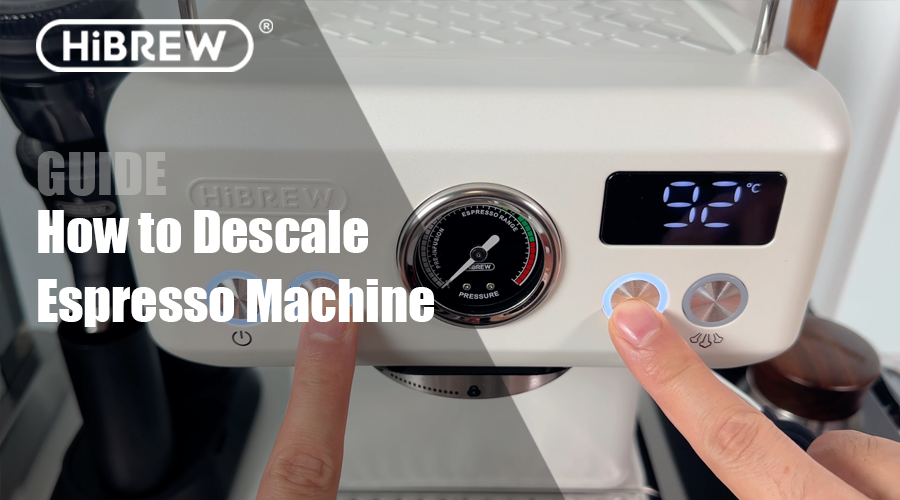

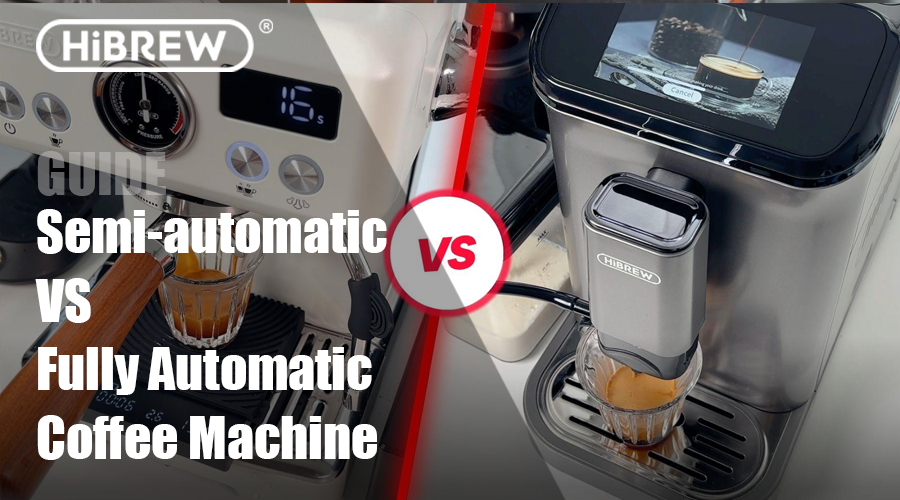
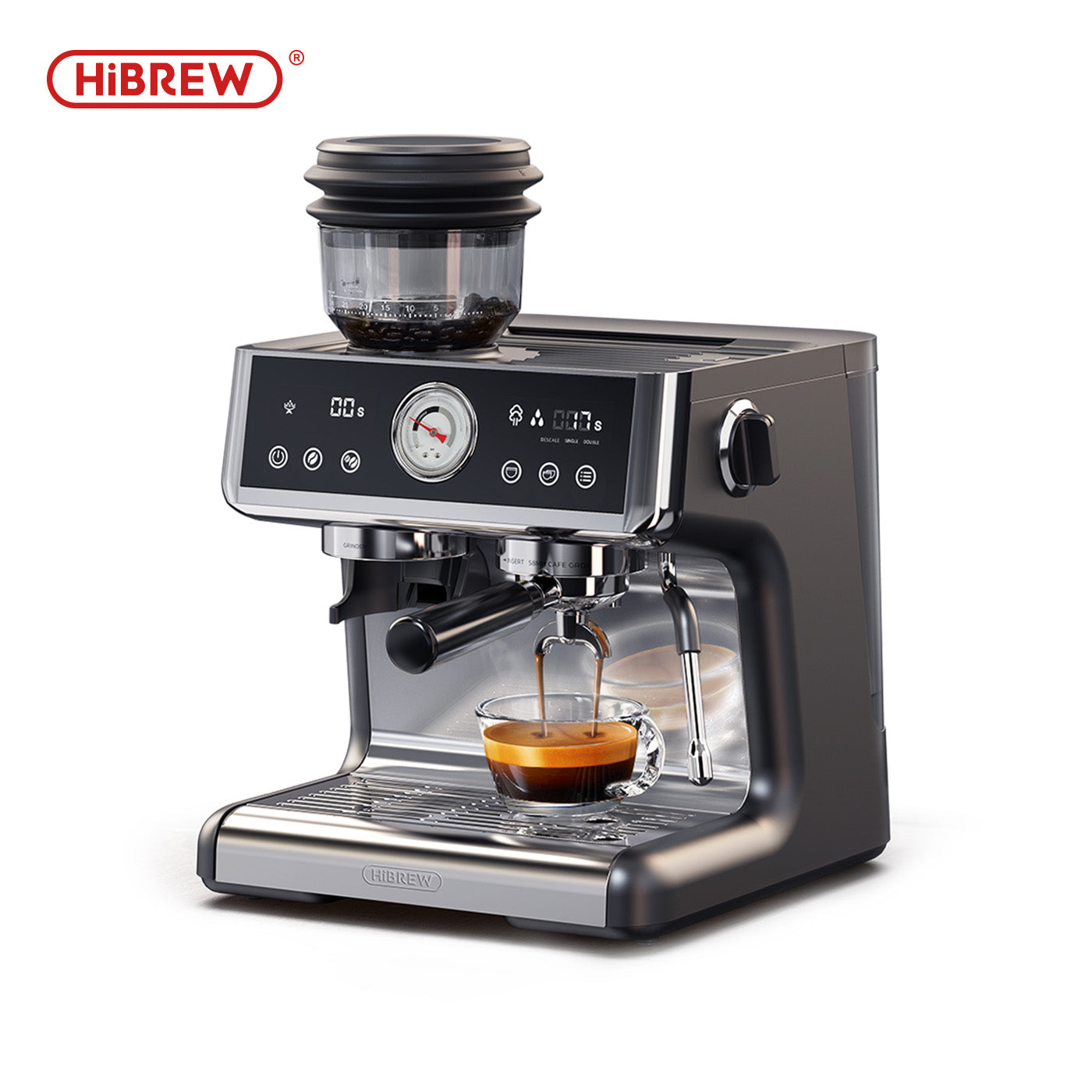
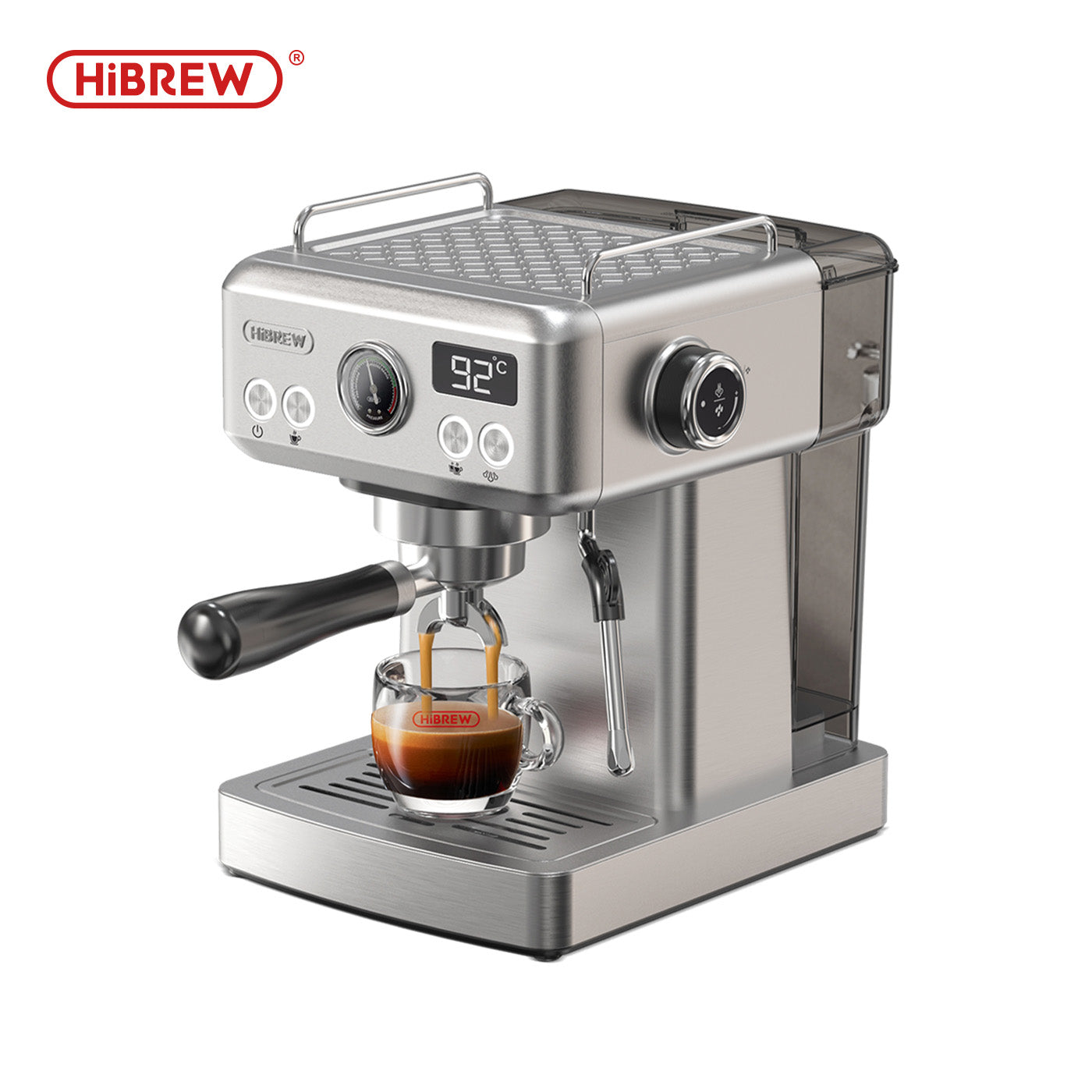
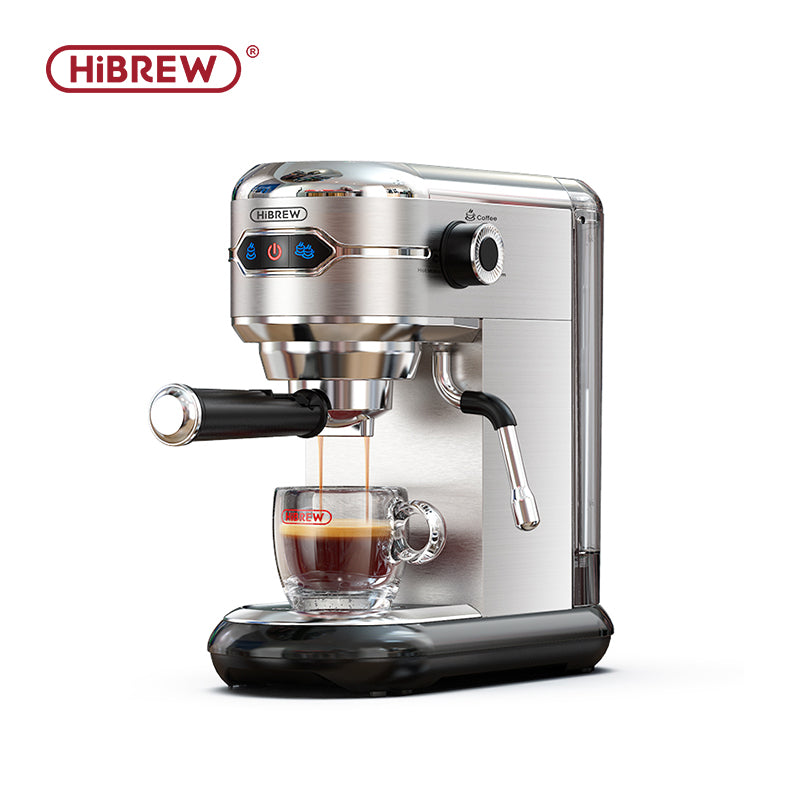
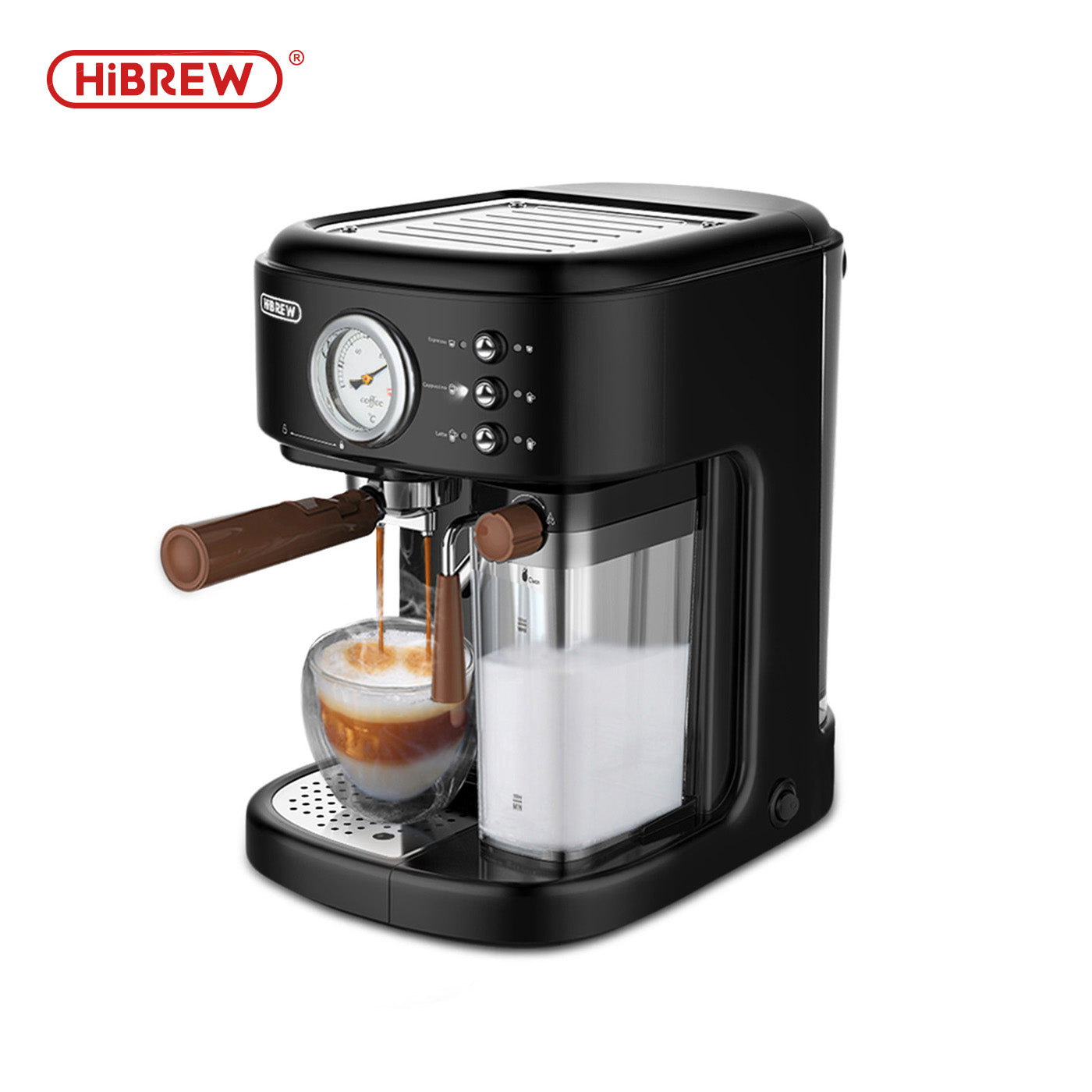
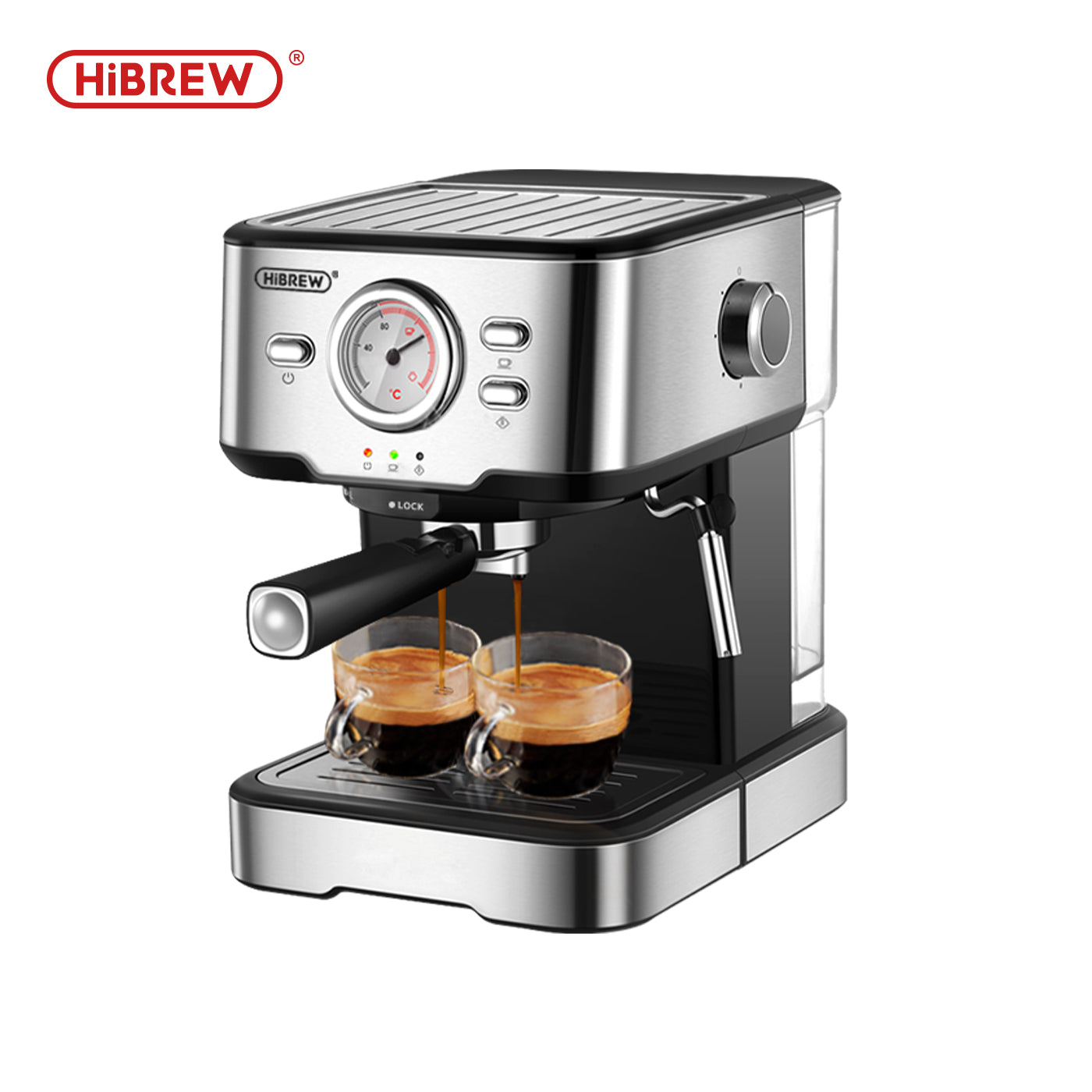
Leave a comment
All comments are moderated before being published.
This site is protected by hCaptcha and the hCaptcha Privacy Policy and Terms of Service apply.